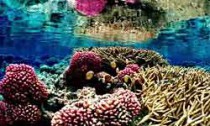
Coral reefs throughout the world are under threat. After studying the reefs in Malaysia, Zarinah Waheed concluded that there is room for improvement in coral reef conservation. One-third of the corals of the Great Barrier Reef are dead. This was the sombre conclusion drawn by Australian scientists six months ago. Pollution, shipping and climate change are destroying the world’s largest continuous reef, and other coral reefs seem to be facing the same fate.
Home country
PhD candidate Zarinah Waheed studied coral reefs in her home country Malaysia over recent years. She looked specifically at the coral diversity of these reefs and also at the connectivity between the reef locations. She found that the areas with the highest numbers of coral species are not necessarily protected.
94 species
Read More

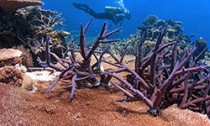
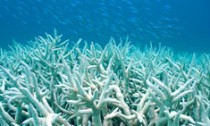

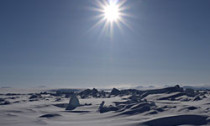
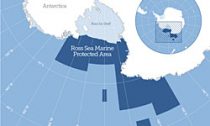
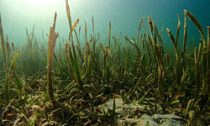


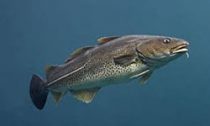


Social Profiles